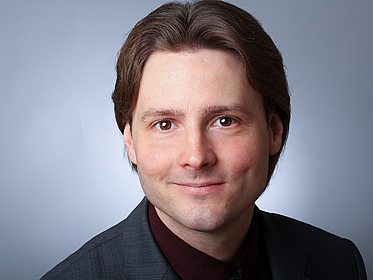
"Beyond Solar Cells: New Approaches to Radiation Conversion"


"Beyond Solar Cells: New Approaches to Radiation Conversion"

"Beyond Solar Cells: New Approaches to Radiation Conversion"

"Beyond Solar Cells: New Approaches to Radiation Conversion"

"Beyond Solar Cells: New Approaches to Radiation Conversion"
The 2021 MAPEX symposium „Beyond solar cells: new approaches to radiation conversion“ took place September 29 and 30. In numbers, we had about 110 participants from 17 countries, 12 keynote speakers calling in from the US, China, Netherlands, Finland and Germany and 17 poster presentations. As intended, the scope was very wide, touching on various approaches to energy conversion from radiation. Two Early Career Researchers received a poster price which was generously donated by the Royal Society of Chemistry. The talks were delivered in an online video conference over Zoom which certainly facilitated winning international experts and audience, while the poster sessions in gather.town took on a more playful nature with virtually real interactions in a simulated conference venue. Still, we were happy to have a real-life social event at the climbing hall which allowed us to meet and talk to members of the MAPEX community without any computer screens for the first time in quite a while! The organizing committee thanks all the attendees and everyone who contributed a talk or a poster for making the symposium such a success.
This online workshop aims at bringing together expertise on alternative sources, techniques and materials for radiative energy conversion beyond conventional solar cells. It addresses a wide range of applications including space technologies, radiation therapy, clean energy generation and more.
The workshop will comprise
invited talks by internationally renowned speakers
poster contributions, including a short oral presentation in advance in dedicated pitch sessions and poster awards for the best presentations
an informal live meeting on Wednesday afternoon in Bremen, if the pandemic situation allows.
no registration fee
Scientific Programme (click here)
Gallery of Speakers (click here)
Poster awards for the best presentations.
more
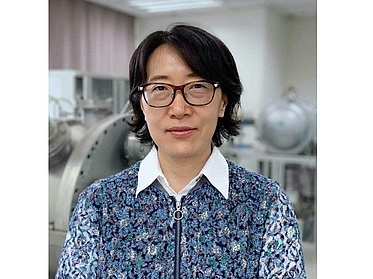
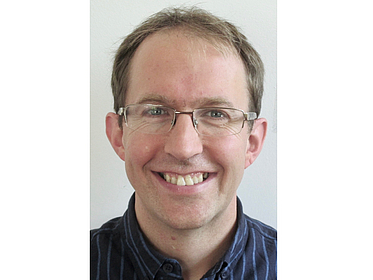
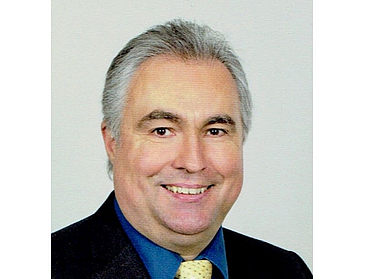
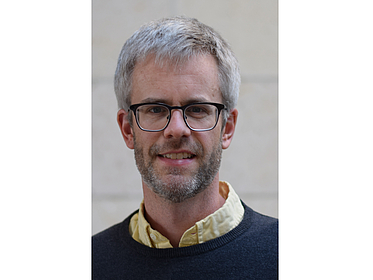
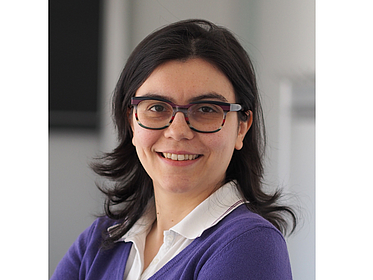
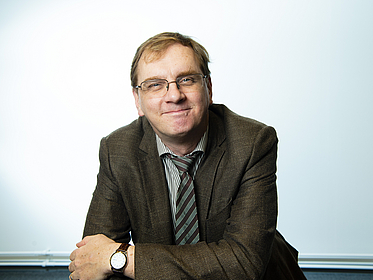
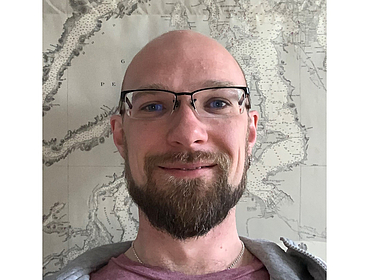
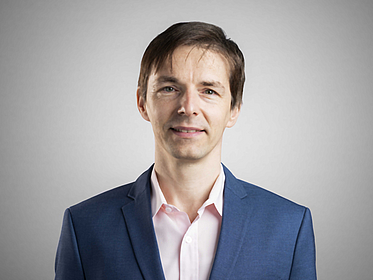
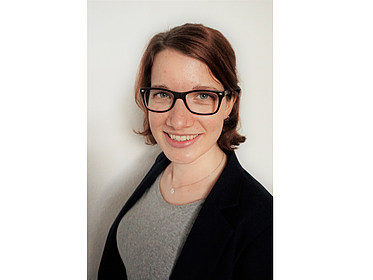
Harvesting sunlight with semiconductor-based solar cells is without a doubt one of the most important technologies to tackle energy generation as an alternative to or in the absence of fossil fuels. As such, energy-conversion devices such as photovoltaics are critical for generating electricity both to achieve the energy transition on earth as well as for space applications. While electromagnetic radiation from the sun constitutes the major source of convertible radiative energy, other types of radiation can potentially be harvested as well. This includes proton radiation from the sun, radiation from nuclear waste or other types of ionizing radiation. Likewise, conventional solar cells can be substituted or supplemented by alternative energy conversion devices like organic or perovskite solar cells, betavoltaic cells or other advanced materials that interact with ionizing radiation in a predictable and usable way.
For all questions regarding the Symposium please don't hesitate to contact us: mapexprotect me ?!uni-bremenprotect me ?!.de.
Find out more about the organizers (click here)